-
The Manned Orbital Laboratory was an American proposal to send a manned spy satellite into space in the 1960s.
-
It would obtain high-resolution photographic images of American adversaries, such as the Soviet Union.
-
The top-secret program was met with criticism amid a decade marked by the economic costs of war.
Gathering intelligence on foreign nations was no easy task for the United States in the 1960s.
Spy planes like the U-2 captured high-resolution images but risked provoking foreign governments and being shot down. Photo-reconnaissance satellites were safe from anti-aircraft missiles and were less provocative than flybys, but they produced lower-quality images and were slow to transmit data to photo interpreters.
Enter the manned orbital laboratory.
The program aimed to expand the US military’s capabilities to monitor foreign adversaries at a time of high geopolitical tensions by combining two methods of reconnaissance: operating a manned spy satellite in space.
Manned space operations
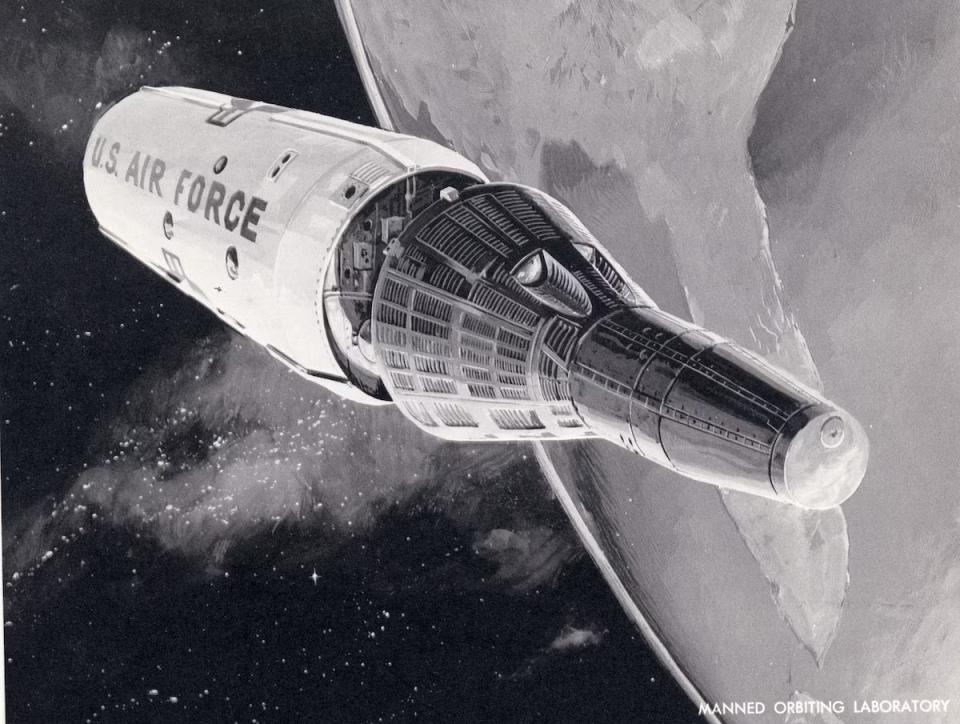

The Manned Orbital Laboratory (MOL) was a joint project between the US Air Force and the National Reconnaissance Office and was driven by the need for rapid, reliable intelligence after the Cuban Missile Crisis in 1962. and during the Cold War and the Vietnam War.
Then-United States Secretary of Defense Robert McNamara publicly unveiled the program in December 1963, and President Lyndon B. Johnson formally approved the project in August 1965. Although the program was intended to provide the U.S. military a strategic reconnaissance point of view in space, was portrayed. as an operation to discover what humans are capable of in space.
“This program will give us new knowledge about what man is capable of doing in space,” Johnson said at the time. “It will allow us to link that capability to the defense of the United States. It will develop technology and equipment that will help advance manned and unmanned spaceflight. And it will make it possible to conduct rewarding new experiments on it.”
Operations at the MOL began in the spring of 1964. The MOL sought to obtain high-resolution photographic images of foreign adversaries such as the Soviet Union. While the satellites collected intelligence effectively, they faced limitations such as cloud cover and retrieval delays that prevented them from consistently taking useful photographic images. An operator on board the satellite would allow them to circumvent those problems and identify where and when to capture an image in real time.
“The idea was that humans could help pick targets in real time, identify cloud cover, and save movies,” Richard Truly, a former MOL crew member, said in 2022. “The system was resource-limited because it was a film system, not electronics like we have now. But the idea was to have a much more capable intelligence capability because there were people there who could think, act and take actions in real time during the flight.”
A 60-foot-long space station
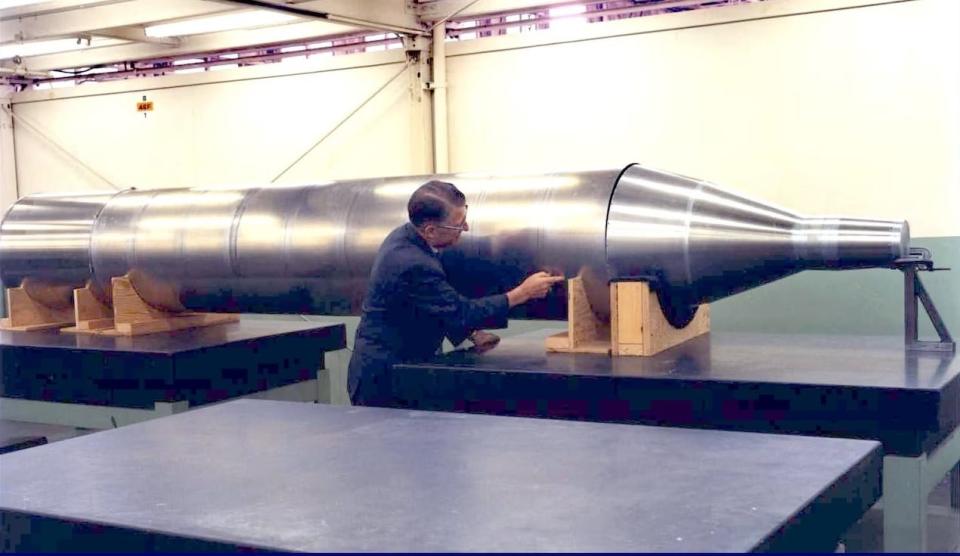

The MOL program originally planned to have six launches with a flight duration of two to four weeks, an ambitious feat given that the longest time a human had previously been in space was eight days during NASA’s Gemini V mission. in 1965.
A two-man crew would take off in a modified Gemini capsule atop a spacecraft that would house the MOL. After the duration of the flight, the capsule would detach and return to Earth while the MOL would remain in orbit.
Proposed configuration
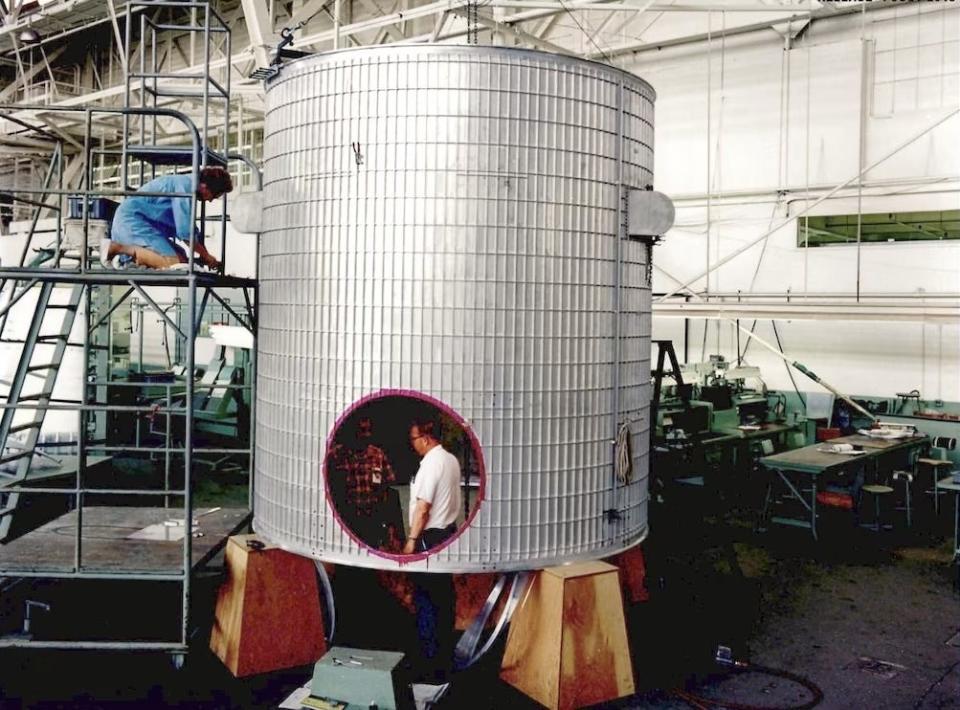

The proposed configuration of the MOL was that the front of the spacecraft would house the transfer tunnel and fuel cells, behind would be the laboratory divided into working and living compartments, and the rear of the spacecraft would be the equipment module. and breathing tanks.
Aside from the laboratory where astronauts would conduct experiments, the MOL’s main payload would be a telescope used for military reconnaissance.
The telescope was designed to have a 72-inch diameter primary mirror and its imaging system was codenamed Dorian.
astronaut selection
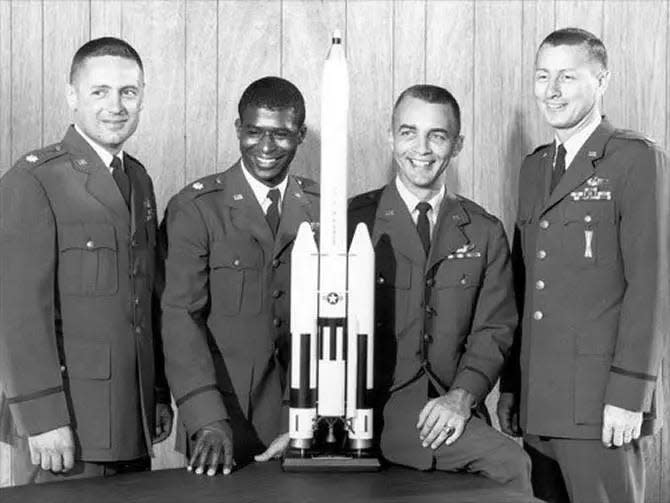

After three rounds, the US Air Force selected 17 pilots to participate in the MOL program.
One of the pilots, Robert H. Lawrence, was the first African American selected to be an astronaut by any national space program. Lawrence was among the final selection group completed in June 1967, but was killed in an F-104 Starfighter crash in late 1967.
astronaut training
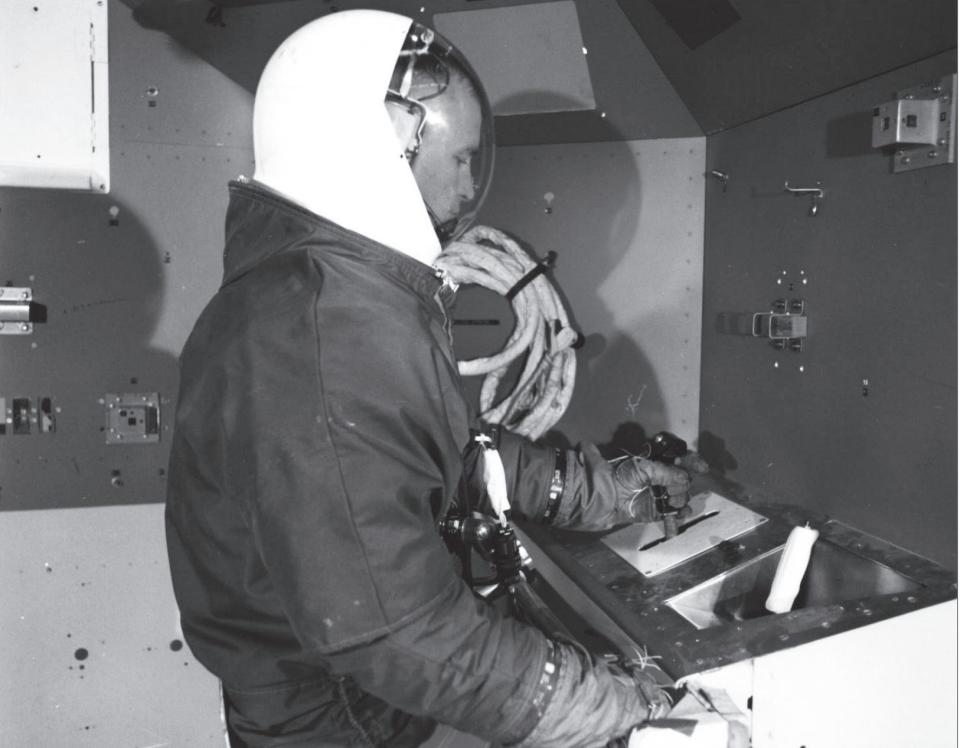

MOL crew members had a busy training regiment to prepare for several unexpected events while in space. They received survival training to prepare for unexpected deorbiting in the event of spacecraft escapes.
Crew members also trained in spacecraft simulators and received underwater training at the Navy diving school in Key West, Florida.
Most importantly, they received training at the National Photographic Interpretation Center to learn more about photographic intelligence and subject recognition, a central part of the MOL program’s goal.
No spacewalk needed
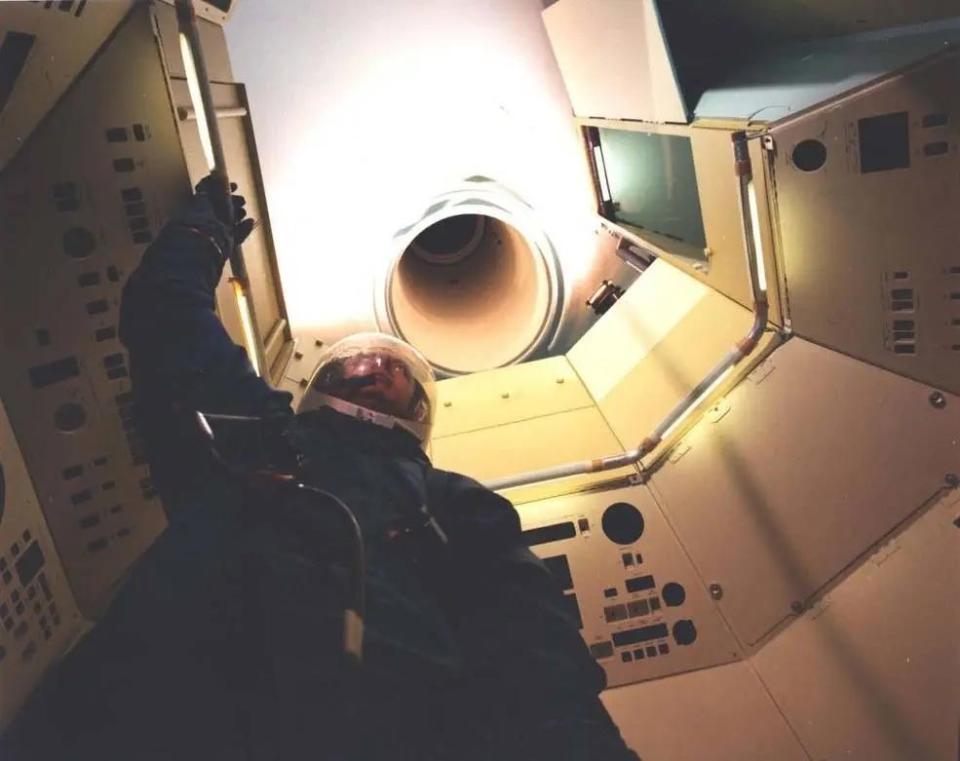

The external design of the MOL spacecraft was similar to that of NASA’s Gemini. But the main difference was that a hatch cut into the heat shield allowed astronauts to pass between the capsule at the front of the spacecraft to the laboratory and living quarters at the rear without a spacewalk.
Narrow hallways
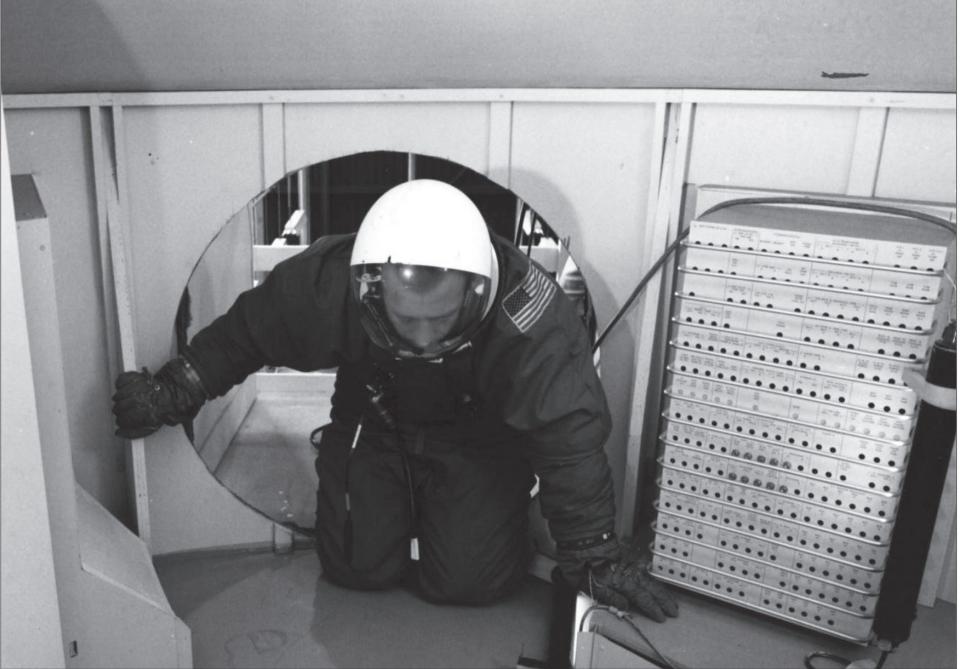

The astronauts needed a special space suit that was flexible enough to allow them to crawl through the narrow hallway between the Gemini capsule and the MOL laboratory.
Special space suits
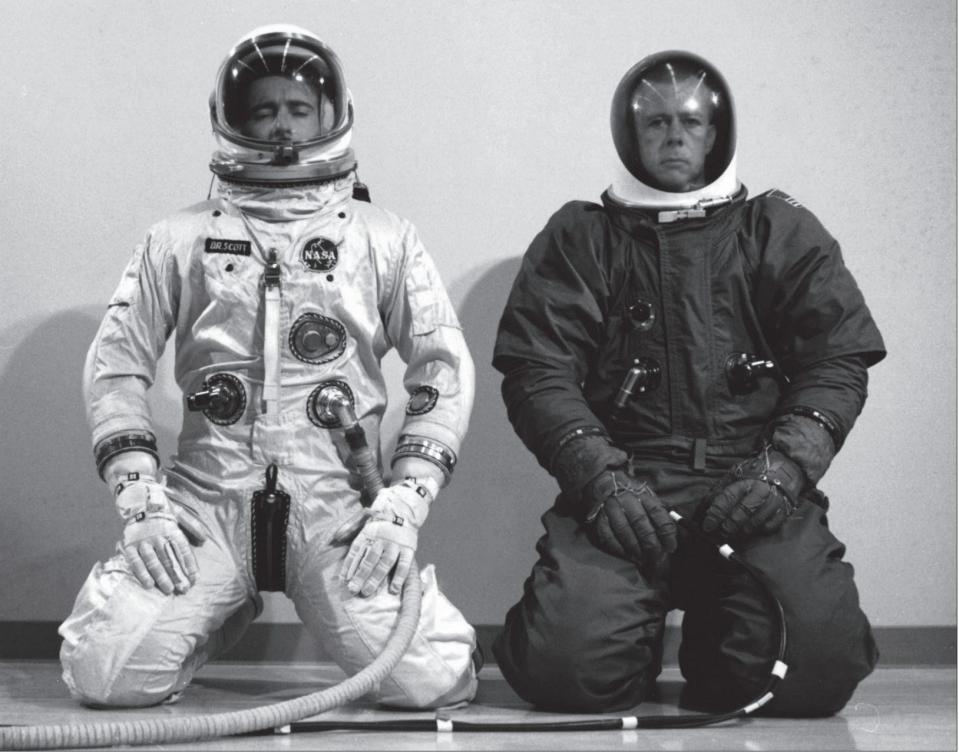

Although the spacesuit never reached space, NASA used the technology behind it in the future development of spacesuits.
Experiments and recognition.
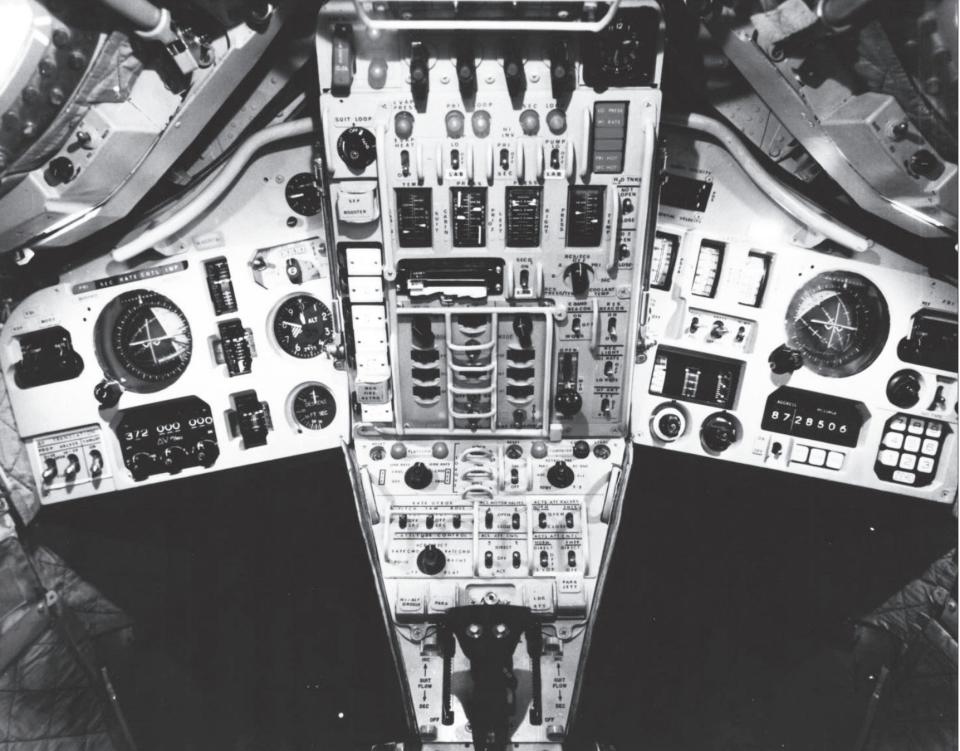

While the existence of the MOL was publicly known, its mission to gather photographic intelligence on foreign adversaries was highly classified. However, press coverage at the time described MOL as a reconnaissance mission, and the program’s top-secret classification prevented officials from denying the claims.
Amid concerns about how other countries would react to U.S. military operations in space, Louis Mazza, NRO’s program security director, proposed “admitting that we have an orbital laboratory manned by the Department of Defense and its mission is to determine the potential usefulness of man in space”. “.
Thus, MOL operations were expanded to include 10 experiments called Project Manifold, which studied cell growth and new technologies aboard the spacecraft.
Test launch
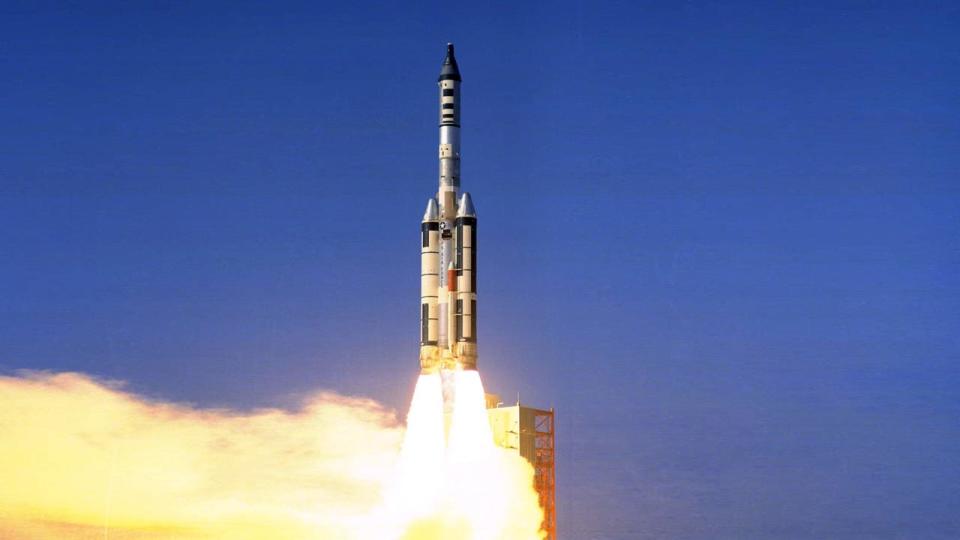

The first and only launch of the MOL program took place at Cape Canaveral Air Force Station on November 3, 1966, two years after work on the project began.
The launch was only a test and consisted of a Gemini capsule and a mock-up of the MOL without the imaging payload atop a Titan-IIIC rocket. The model entered Earth’s orbit and launched three satellites.
The Project Manifold experiments were also aboard the MOL mockup and were intended to operate for 75 days, but MOL stopped transmitting data after only 30 days before disintegrating from orbit on January 9, 1967.
Concerns and criticism
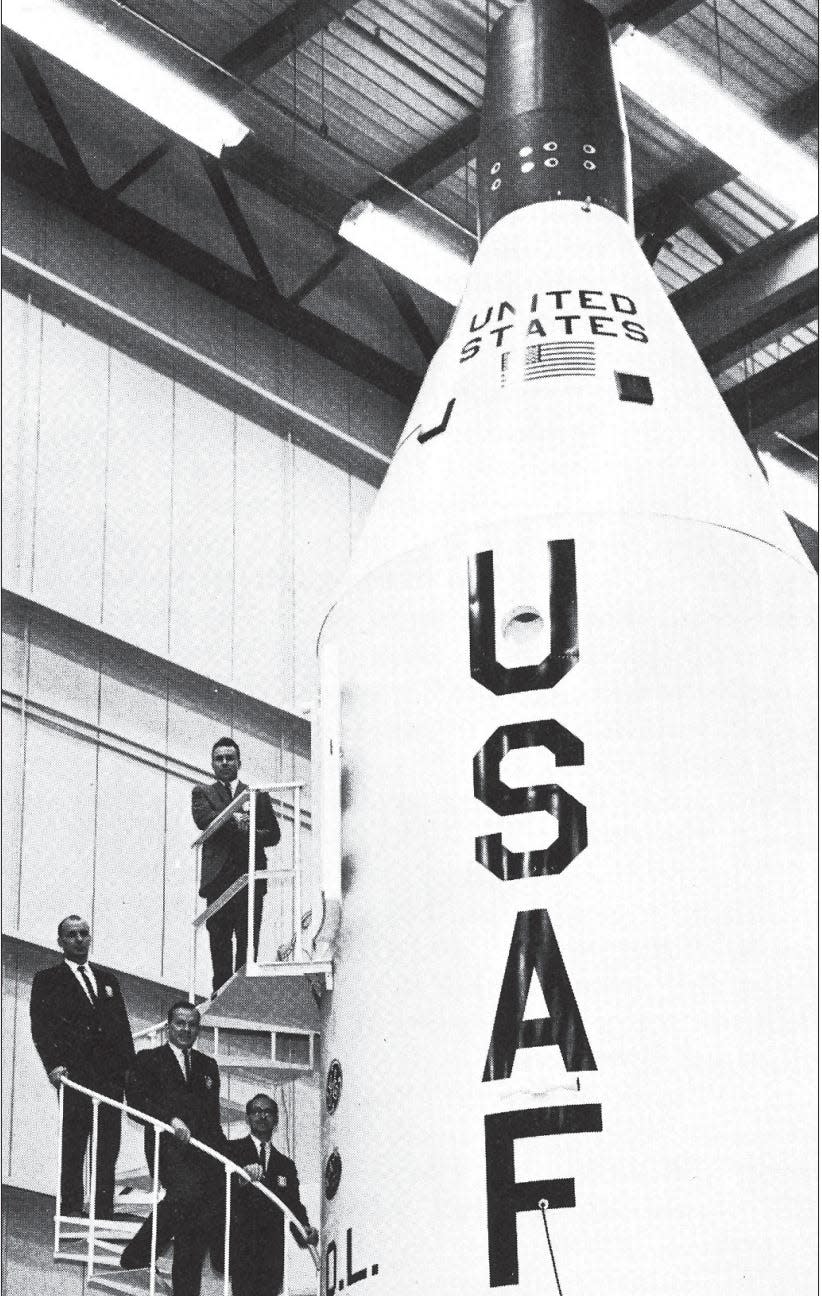

From the program’s inception, it was met with criticism and skepticism about the value of the MOL. By 1969, the program was years behind schedule and over budget.
Since the MOL operated under the guise of testing man’s “potential usefulness in space,” the program publicly appeared too similar to NASA’s Apollo program, to the point that Congress viewed it as a duplicate and cut its funding. by 60% in 1967.
MOL advocates pushed to combine USAF efforts with NASA, which was met with pushback as it would damage NASA’s image as a peaceful agency.
As budget cuts and delays plagued MOL, its military reconnaissance technology was becoming obsolete, rendering the original intent of the program virtually useless.
Cancellation
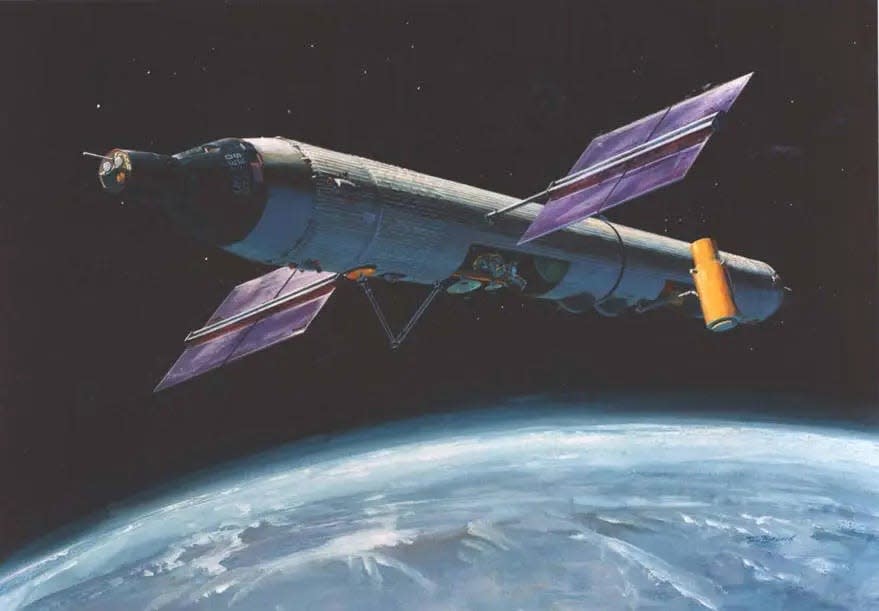

President Richard Nixon canceled the MOL program on June 10, 1969, just four years after Johnson approved the program.
At the time of cancellation, 192 military personnel, 100 civilians and 13,187 contractors were working on the MOL program.
Although the MOL never officially reached space, its legacy inspired future space missions. MOL’s waste management system was used aboard Skylab, the United States’ first manned research laboratory in space. Technology for MOL’s imaging system helped develop NASA’s Earth detection systems.
Read the original article on Business Insider